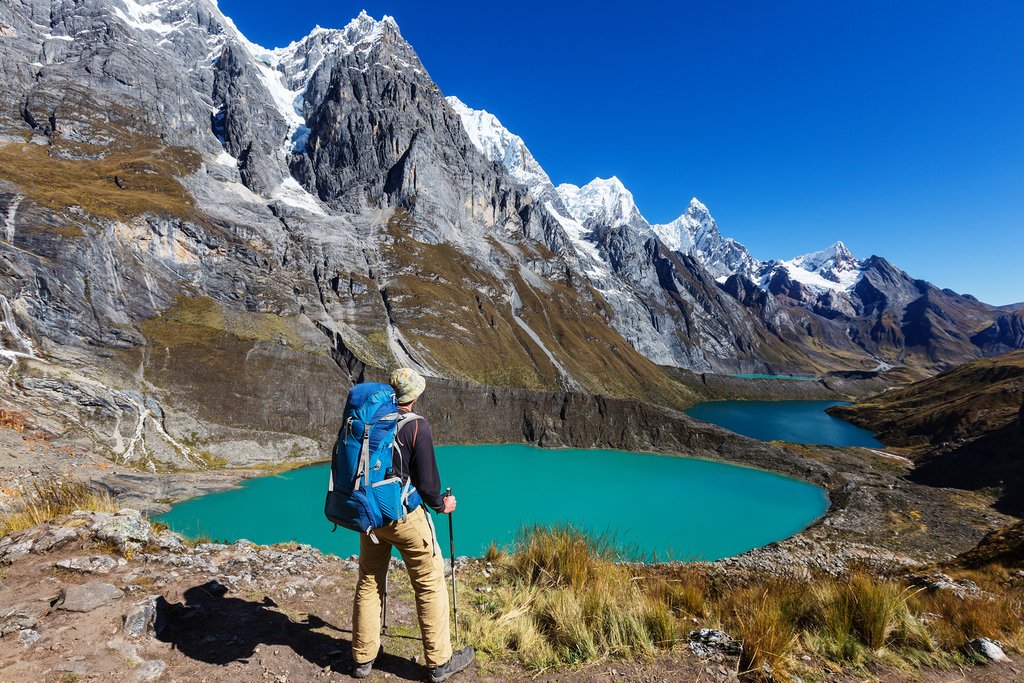
Travelers love Peru for its incredible food scene, stunning landscapes, and mesmerizing ruins of ancient civilizations. It’s a place that’s well-prepared for tourists, but as the third-largest country in South America, Peru is also vast in size. Read on for tips as you plan your adventure.
Whether you’re meticulously planning a visit to the captivating colonial cities, the sun-kissed coastline, the mysterious jungle depths, the majestic mountains, or the ethereal cloud forest regions of Peru, it’s undeniably wise to meticulously plan ahead and carefully consider all of your options. Travel between the diverse and distinctly different regions of Peru invariably requires either a significant investment of time or a substantial financial commitment. For instance, undertaking a road trip from the bustling metropolis of **Lima** all the way to Peru’s northernmost or southernmost border would consume approximately 24 hours of continuous driving behind the wheel, a considerable time investment indeed. Conversely, opting for air travel from **Lima** directly to the heart of the Amazon rainforest can prove to be a particularly costly endeavor, potentially straining your travel budget.
Therefore, it’s of paramount importance to carefully work out, well in advance of your departure, exactly which specific regions of this diverse nation truly pique your interest and capture your imagination. Once you have solidified your desired destinations, you can then proceed to make an informed decision as to whether you prefer the structured approach of joining a professionally guided tour or the liberating freedom of embarking on a solo adventure, crafting your own unique itinerary and schedule. The choice is ultimately yours, but careful consideration of your travel style, budget, and desired level of independence is highly recommended.
## Delving into the Diverse Destinations of Peru
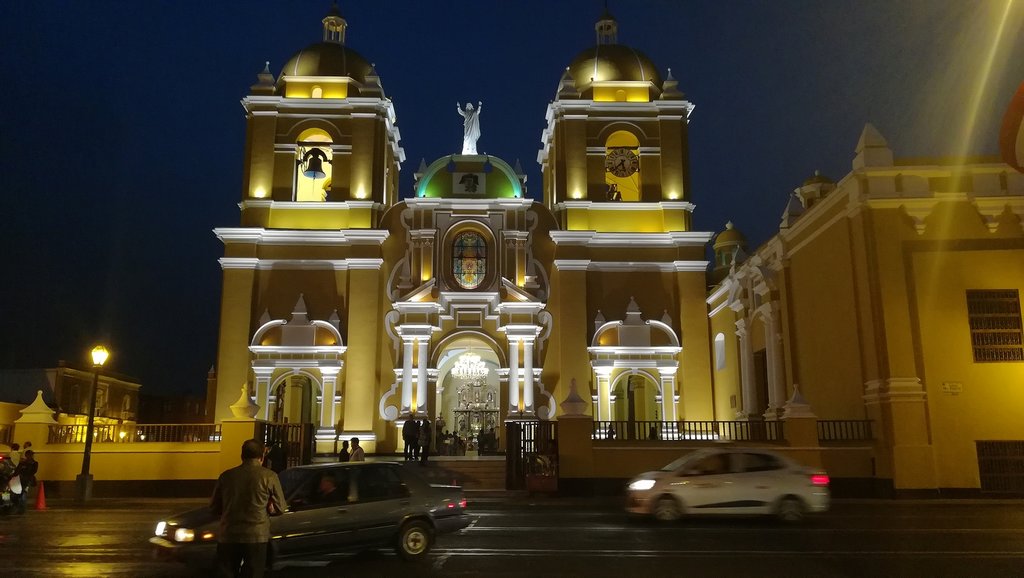
A significant number of travelers harbor a strong desire to dedicate a portion of their precious vacation time to exploring the country’s immensely rich and historically significant collection of colonial cities. Whether your heart is set on experiencing the culinary delights of foodie-centric **Lima**, immersing yourself in the historical ambiance of highland cities such as **Cusco** and **Ayacucho**, or delving into the culturally vibrant atmosphere of provincial capitals like **Trujillo** or the stunning **Arequipa**, undertaking self-guided travel within these urban centers is generally a relatively straightforward and uncomplicated undertaking. The well-established infrastructure and readily available information make navigating these cities a breeze.
However, if you happen to be an enthusiastic aficionado of extreme outdoor activities, such as embarking on multi-day, high-altitude hiking expeditions amidst the breathtaking landscapes of the Andes Mountains near **Huaraz**, or venturing deep into the untamed wilderness of the Amazon Basin on thrilling jungle expeditions, then enlisting the services of a knowledgeable and experienced guide is either highly advisable or, in many cases, absolutely essential for your safety and enjoyment. The challenging terrains and potential hazards necessitate the expertise of someone familiar with the local environment.
## The Merits of Exploring Peru on a Guided Tour
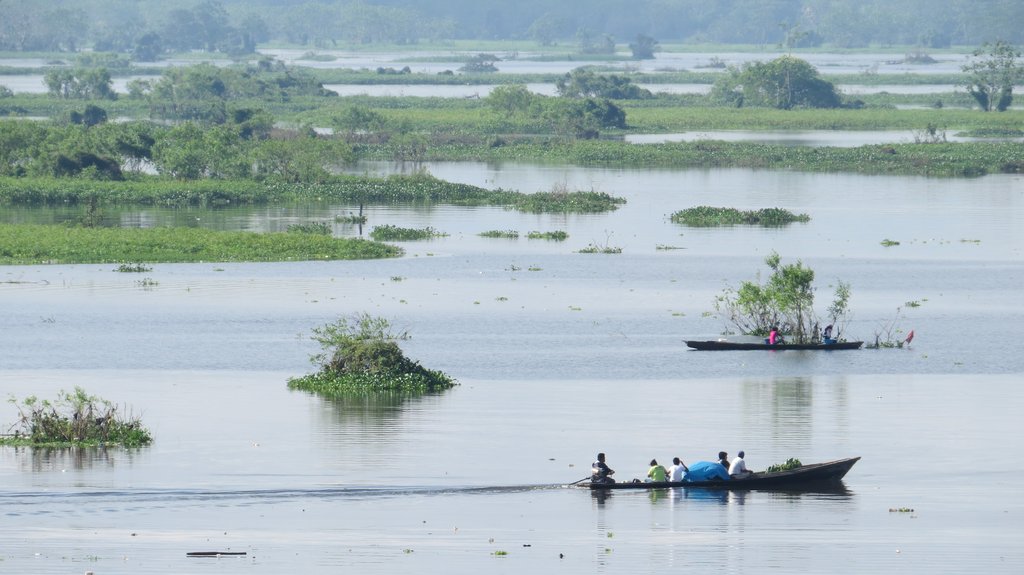
Opting for guided tours in Peru presents a multitude of advantages and serves as a prudent choice for a variety of compelling reasons. First and foremost, guided tours possess the remarkable ability to transport you off the well-trodden tourist trails and immerse you in authentic experiences in record time. Let’s imagine, for instance, that you have a limited number of days to spend in the captivating city of **Cusco**, yet you are determined to make the absolute most of the stupendous and awe-inspiring surrounding countryside within the **Sacred Valley**. This remarkable region is liberally dotted with literally hundreds of fascinating Inca ruins and intricately laced with a network of challenging yet rewarding hiking trails.
While it may indeed be possible to navigate this area on your own, relying on public transportation, it will undoubtedly consume a significantly greater amount of your precious time. Moreover, you would be exploring these historical and natural wonders without the invaluable benefit of a guide’s intimate and in-depth knowledge of the area’s history, culture, and hidden gems.
Secondly, Peru boasts some of the most rigorously protected reserves and national parks anywhere in South America, a testament to the country’s commitment to environmental conservation and responsible tourism. However, part and parcel of this stringent protection has involved the deliberate limitation of access and the prevention of irresponsible tourism practices. In numerous instances, gaining access to a particular destination is contingent upon being accompanied by a qualified and authorized guide; otherwise, access is simply denied. Such is precisely the case with the breathtakingly stunning **Parque Nacional Manú**.
Embarking on a journey to this remarkable park entails traversing two gorgeously contrasting topographical zones – the mystical cloud forest and the dense jungle – offering an unparalleled sensory experience. However, this exploration must be undertaken as part of a guided tour, ensuring the preservation of the delicate ecosystem and the safety of visitors.
But why is guided travel deemed so crucial in these sensitive regions? The answer lies in the fact that guided travel equates to responsible travel, minimizing the impact on the environment and local communities. Furthermore, guided tours are also designed to prioritize your personal safety. **Parque Nacional Manú**, for instance, is home to a diverse array of potentially dangerous fauna, including venomous snakes whose bites could prove fatal. The park is also inhabited by indigenous tribes who have, on occasion, exhibited hostility towards outsiders.
It’s also worth bearing in mind that dangers in Peru can extend to violent crime, particularly in remote areas such as the Northern Highlands and certain regions of the Amazon rainforest. A thoughtfully organized tour, led by a professional and experienced guide, can effectively help you steer clear of any potential problems and ensure a safe and enjoyable travel experience.
## The Allure of Self-Guided Tours in Peru
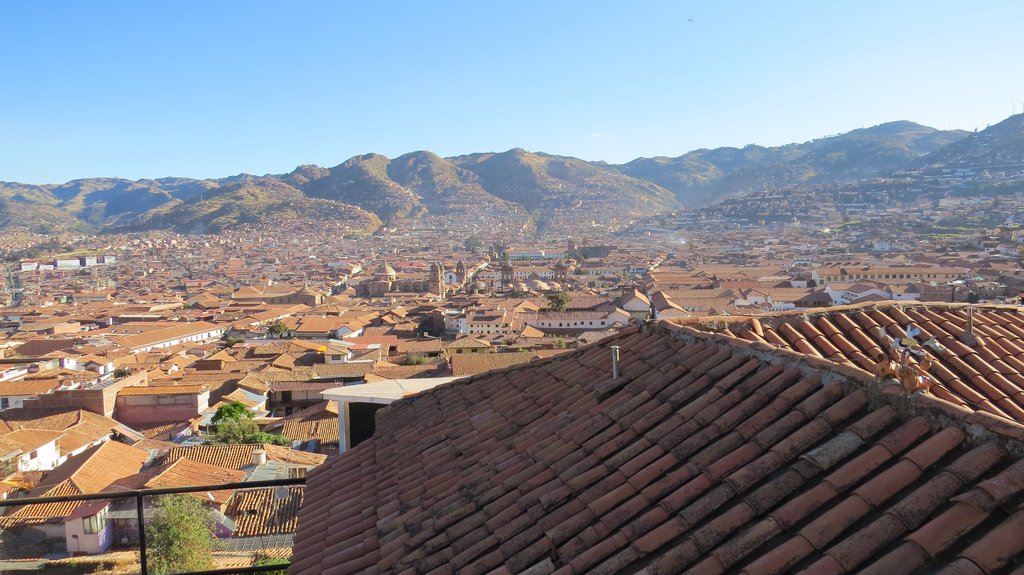
Peru rightfully claims its place as one of the world’s truly great and captivating adventure destinations, drawing travelers from all corners of the globe seeking unforgettable experiences. For a certain segment of these travelers, the travel experience is significantly more memorable and personally enriching when they choose to travel independently, embracing the spontaneity and freedom that come with crafting their own itinerary. This approach often leads to unique and serendipitous encounters that simply couldn’t be pre-planned or replicated on a structured tour.
Traveling alone in Peru also carries the significant benefit of directly supporting local businesses, contributing to the economic well-being of the communities you pass through and fostering a deeper connection with the local culture. By patronizing locally owned restaurants, shops, and accommodations, you are directly investing in the livelihoods of the Peruvian people.
With the notable exception of destinations located within the dense jungle regions and certain protected areas such as national parks and reserves, traveling independently in Peru can be an incredibly rewarding and fulfilling experience. Perhaps you might be drawn to seek out the tranquility and solitude of the little-discovered sandy beaches nestled in the far northern reaches of the country, such as those situated near the charming coastal town of **Colán**. Alternatively, you could indulge in some independent hiking amidst the stunning landscapes of the **Cordillera Blanca** near **Huaraz**, embarking on a solo trek to explore uncrowded Inca citadels like the magnificent **Choquequirau**.
Another compelling option is to seek out authentic indigenous markets nestled within the Andes Mountains, markets that are seldom frequented by foreign visitors, such as those found in the picturesque **Río Mantaro valley** near **Huancayo**. With a healthy dose of patience, a spirit of adventure, and unwavering determination, you can undoubtedly curate your own individual and unforgettable Peruvian travel experience.
## Navigating the Logistics of Getting Around Peru
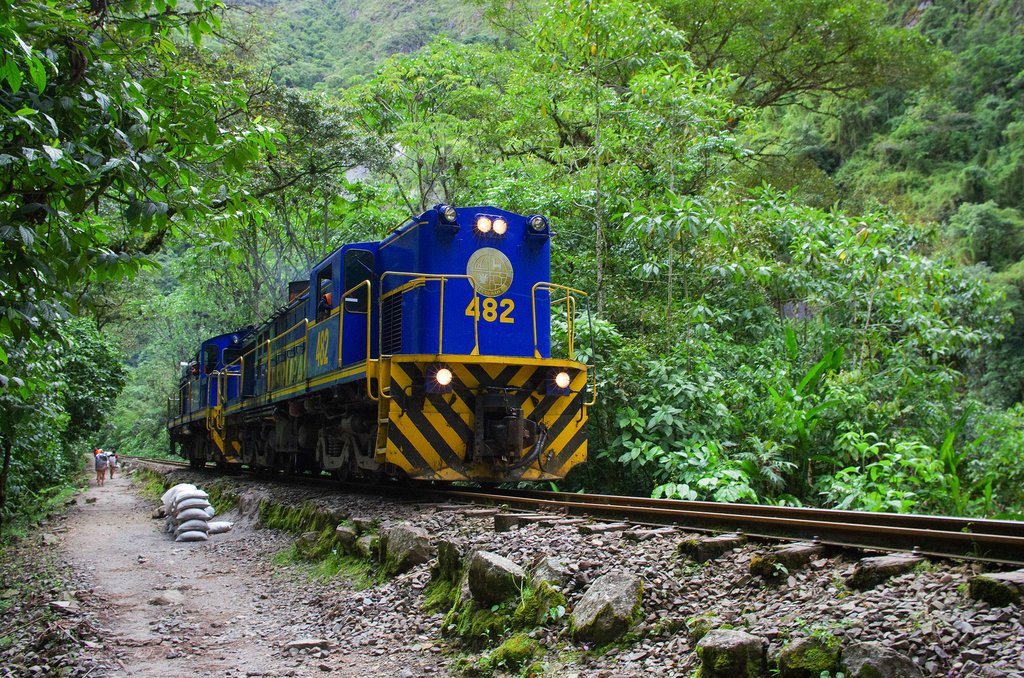
Whether you choose to traverse the country by car, bus, boat, train, or simply by putting on your walking shoes and exploring on foot, Peru offers a diverse array of transportation options, each suited to different regions and travel styles. The optimal choice will ultimately depend on your intended destinations and personal preferences.
Renting a car provides unparalleled access to virtually any location accessible by roads, which encompasses the vast majority of Peru, with the notable exception of the Amazon rainforest, where road access is significantly limited. However, it’s crucial to acknowledge that breakdowns on remote roads are a distinct possibility, and the risk of theft or break-ins cannot be entirely dismissed. Consequently, renting a car is generally considered a more suitable option for adventurous travelers who are comfortable with potential challenges.
Public buses represent a viable and cost-effective alternative, although they are somewhat less popular with international tourists. Peru’s extensive bus network boasts extraordinarily wide coverage, reaching even the most remote corners of the country, and fares are generally reasonably priced. The bus options themselves vary considerably, ranging from rustic local buses that serve short routes to modern, inter-city express buses that offer amenities such as on-board meals included in the ticket price.
If you opt to participate in a guided tour, your transportation will typically be provided by a tourist bus. If your itinerary includes exploring the Amazon rainforest, you will undoubtedly travel by boat for at least a portion of your journey. Generally speaking, tourist buses are designed to provide a higher level of comfort compared to standard public buses, but it’s important to remember that you will be restricted to the tour’s pre-determined itinerary.
Within the Amazon Basin, boating serves as the primary mode of transportation, a necessity given the limited road infrastructure. Traveling by boat offers an exciting and memorable experience, allowing you to immerse yourself in the sights and sounds of the jungle. However, it’s essential to be prepared for biting insects and other potential jungle hazards. Boat trips in Peru can range from short excursions lasting just a few hours to multi-day odysseys, such as the renowned two to three-day **trip from Yurimaguas to Iquitos**.
Measured in terms of value for money, train travel in Peru typically represents the most expensive and luxurious mode of transportation. Peru’s railway network stands out as being superior to that of any other South American country, and there remains a palpable sense of timeless glamour associated with many of the country’s historic train cars. At the high end of the spectrum, the **Hiram Bingham train from Cusco to Machu Picchu** is widely regarded as one of the world’s most elite and lavish railway journeys, offering unparalleled luxury with its meticulously restored 1920s-era carriages. At the other end of the spectrum, the **train from Huancayo to Huancavelica** in the Central Andes offers equally stunning scenery, albeit in a more understated and no-frills setting. This route primarily serves local residents, and tickets are priced quite affordably.
In outdoor paradises like **Huaraz**, the **Sacred Valley**, and the **Colca Canyon** region near **Arequipa**, hiking presents a truly wonderful and immersive way to experience the natural beauty of Peru. Escaping the noise, stress, and pollution associated with vehicular travel, hiking offers unique opportunities for close encounters with nature and a deeper appreciation for the country’s diverse landscapes.
B-2108
